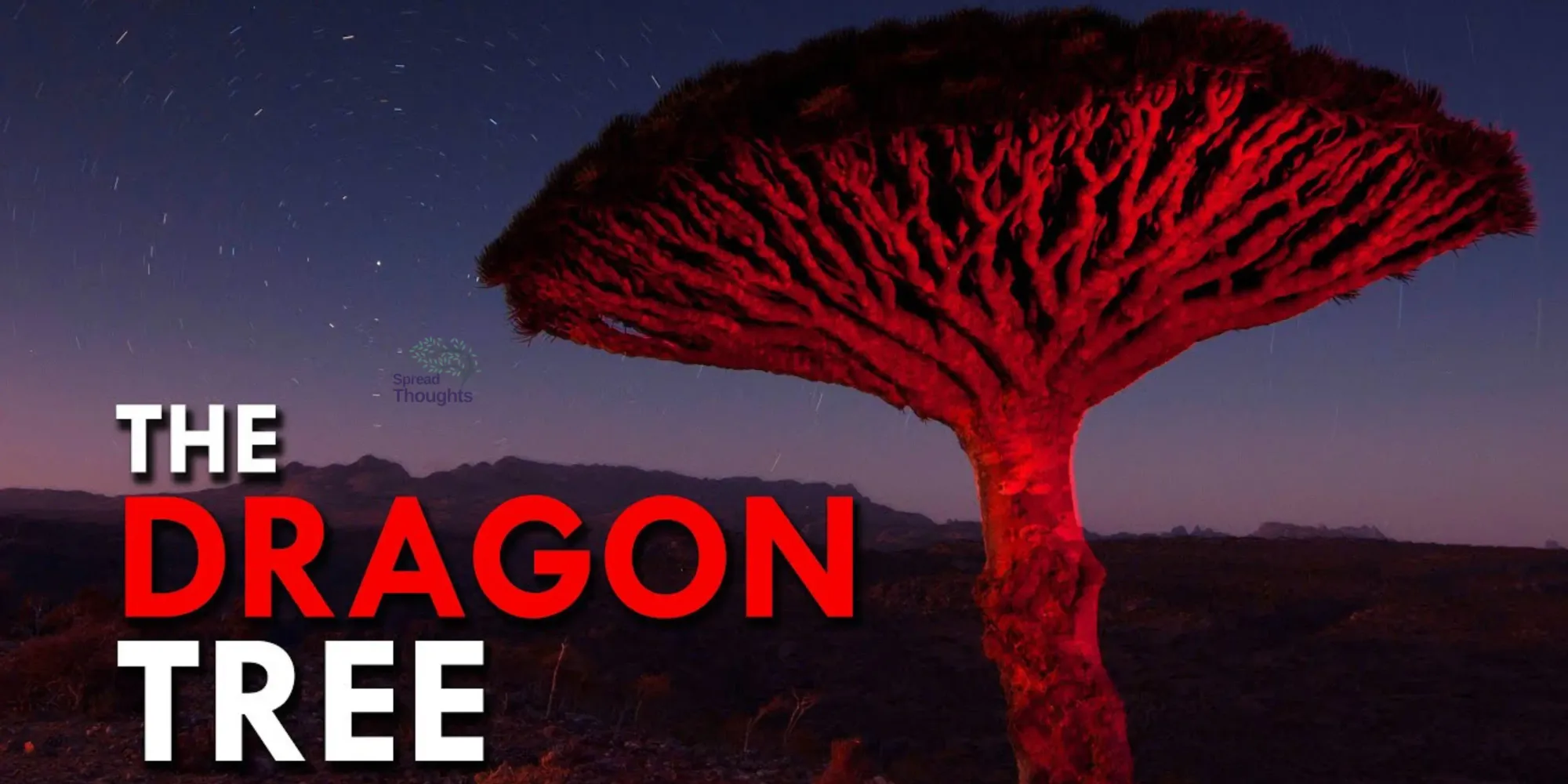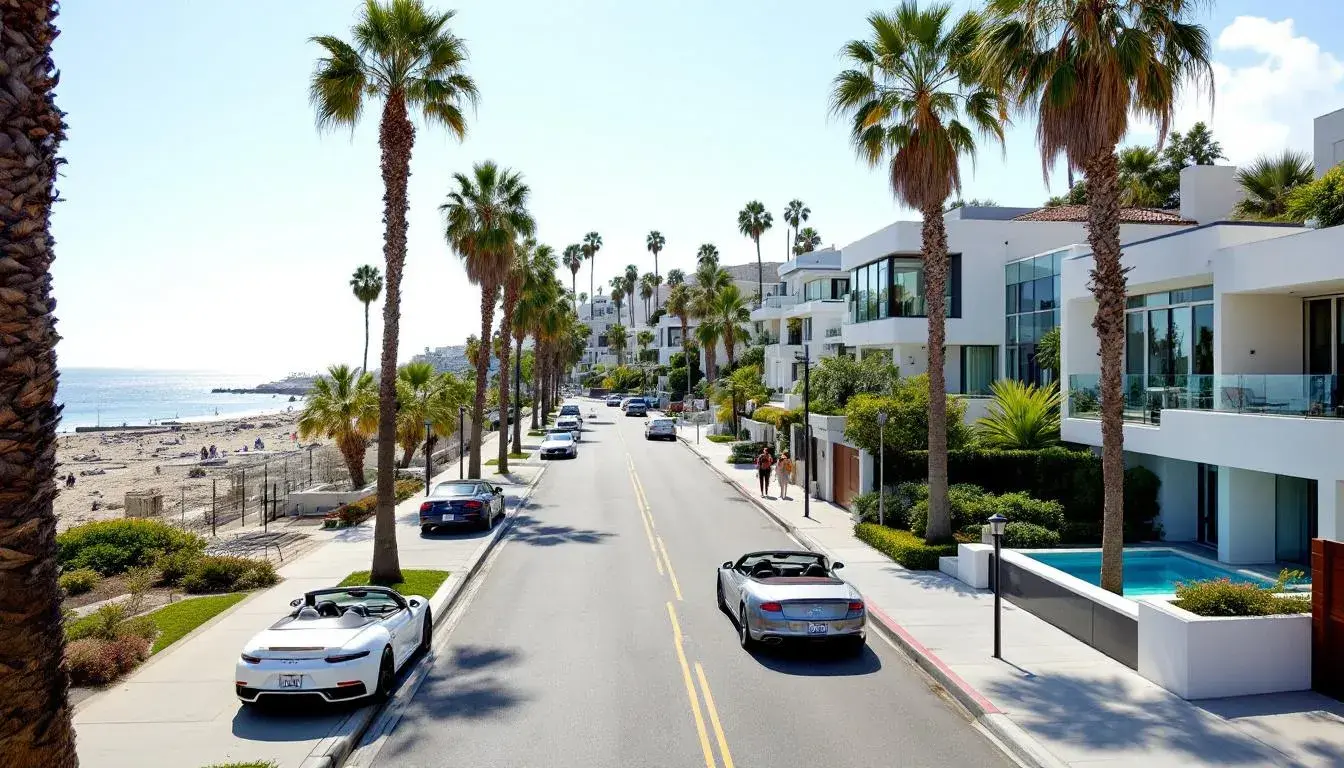Socotra Island, also famous as the Galapagos of the Indian Ocean, is amongst the most biodiverse places that exist on the globe and is considered a UNESCO World Heritage Site. This isolated Socotra Island is a native to distinct flora and fauna that is seen nowhere else on the globe. 95% of the total landmass of the Socotra archipelago is occupied by Socotra Island. Let us delve into the wonders of fascinating plant and animal life, geology, and climate that make Socotra a real wonder.
How is the Flora of Socotra unique?
As the island is completely isolated, its geology has led to the evolution of flora that isa rare and amazing. Nearly 37% of the plant species are endemic. Let us have a look at some of them:
Dragon’s Blood Tree

The Socotra Dragon Tree is unique, resembling the shape of an umbrella, and its deep red sap has been utilized for dyeing and medicinal purposes for ages. Dracaena cinnabari is also known as Socotra Dragon Tree, the name being derived from ancient myths. As per the belief, a fierce battle between an elephant and a dragon on the Socotra Island resulted in severe injury to the dragon, and its blood was spilled on the island, which resulted in the growth of the Dragon’s Blood Tree. The red sap obtained from the tree has been the symbol of the dragon’s life force since ancient times.
When the bark of the Socotra tree is cut, a thick red sap is secreted. The red resin has been precious for centuries and several civilizations, like the Greeks. Indians, Arabs, and Romans used the red sap for producing effective medicines, dyeing purposes, varnish, and even for healing. The large umbrella-like canopy provides shelter to numerous plants and animals and helps them to survive in the fragile ecosystem of Socotra.
Apart from the Dragon Blood Tree (Socotra Tree), a bottle-shaped tree blooming pretty pink flowers in the rains is proof of the rare flora of Socotra. The swollen shape of its trunk allows the tree to store a huge amount of water inside it to sustain it during the drought phase. The cucumber tree with a thick spongy trunk and spiky leaves is the only particular member of the entire cucumber family that grows as a tree, which is found in Socotra Island Yemen. These Socotra trees are seen nowhere else on the planet.
How do you get to Socotra to experience its unique Flora and Fauna?
Exploring Yemen's Socotra Island and its rare flora and fauna is a dream for nature lovers and adventurers. Despite its geographical isolation and limited infrastructure, proper planning can help you reach Socotra. Let us have a look at multiple options to get to Socotra:
By Air (Flights to Socotra)
The best way to reach Socotra is to fly to Socotra Airport, SCT. You can reach there from Cairo, Abu Dhabi, or Yemen. Yemeni Airlines operates to Socotra from Cairo, Egypt, with a layover in Yemen, which is the most used route for travelers. There is also an option for choosing a charter flight from Abu Dhabi to Socotra. These flights to Socotra are less frequently operated and are organized by tour operators only. The domestic flights from Aden, Yemen, to Socotra are operational, but it is mostly preferred for logistical and political purposes. The flights to Socotra are less frequent and irregular, so it is mandatory to plan your travel to Socotra well in advance and also confirm the travel schedule close to your travel dates if there is any change in the flight schedules.
By Sea
Another means to reach Socotra Island is travelling through a Ferry that operates from Aden. The option to reach Socotra by Ferry is not recommended due to safety concerns and less reliability with an extended travel time of up to 24 hours.
What is the visa requirement for Socotra travel?
It is necessary to obtain a valid visa to visit Socotra, which can be obtained from a Yemeni embassy or consulate. There is less probability of visa approval due to the ongoing political complications in Yemen. It is a better and reliable option to plan your travel through a tour operator who can help you obtain a valid visa as part of their travel package.
Is Socotra a safe place to visit?
Socotra Island is a safe place to visit in comparison to mainland Yemen, which is affected by the ongoing political conflict. Isolation from mainland Yemen keeps it safe from civil war, and it is controlled by local authorities, keeping the Island relatively peaceful. The support from the UAE has led to the effective development of the island’s infrastructure and humanitarian aid as well. The local tribe leaders prefer the safety of the tourists. The Socotra population has a low crime rate and is very welcoming.
The best time to plan your Socotra travel is from October to April, when the atmosphere is cozy and the island is pretty lush and green after the monsoon rains. Do not visit the Island in the summer months about its intense heat and the probability of cyclones. A round-trip flight from Egypt to Socotra would cost around $600-800, and the visa cost is around $150-200. A guided tour to Socotra would cost around $1300 per person, which excludes round-trip flights and visa costs.













